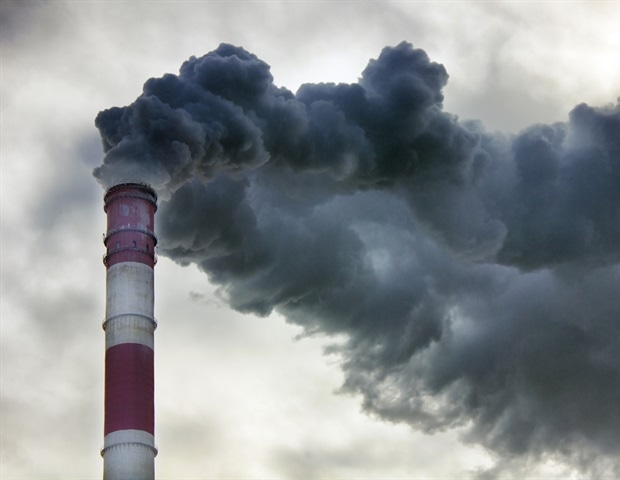In an evolving health landscape, emerging research continues to highlight concerns that could impact everyday wellbeing. Here’s the key update you should know about:
Women living in parts of the United States with lower air quality, especially neighborhoods with heavy emissions from motor vehicles, are more likely to develop breast cancer, according to a multiyear analysis involving more than 400,000 women and 28,000 breast cancer cases.
The research, which included Veronica Irvin of the Oregon State University College of Health, was published in the American Journal of Public Health.
The project combined data from five large breast cancer studies conducted over multiple decades that tracked individuals even as they changed addresses and followed them for as long as 10 years prior to their diagnosis. The researchers overlaid outdoor air quality information from more than 2,600 monitors to look for an association between air pollution and breast cancer.
The scientists found that a 10-parts-per-billion increase in nitrogen dioxide concentrations in the air equated to a 3% increase in overall breast cancer incidence; nitrogen dioxide is a proxy for pollution from car traffic, Irvin said, and based on the estimated 316,950 cases of female breast cancer expected to be diagnosed in the United States this year, a 3% reduction would mean 9,500 fewer cases.
Irvin and collaborators also found that a 5-microgram-per-cubic-meter rise in the concentration of fine particulate matter, known as PM2.5, was associated with a higher incidence of hormone receptor-negative breast cancer. Cancer cells lacking receptors for the sex hormones estrogen and progesterone are generally harder to treat and more deadly.
“It’s often not realistic for people to leave their homes and relocate in areas with better air quality in search of less health risk, so we need more effective clean air laws to help those who are most in need,” said Irvin, noting that the average nitrogen dioxide concentrations observed in the research were below current Environmental Protection Agency guidelines.
We also need policies that help to reduce car traffic and promote alternative forms of transportation.”
Veronica Irvin, College of Health, Oregon State University
The incidence of breast cancer in the United States, where air pollution levels are lower than they are in other populous countries, has been generally on the rise over the past 40 years, the researchers note. It’s the second leading cause of cancer death among women, after lung cancer. About one woman in eight in the U.S. will develop breast cancer during her lifetime, and the nation’s population includes more than 4 million breast cancer survivors.
Alexandra White of the National Institutes of Health led the study, which also included scientists from Harvard University; the University of Washington; Indiana University; Stony Brook University, the University of California San Diego, La Jolla; The Ohio State University; and the University of North Carolina, Chapel Hill.
The NIH, the EPA, the National Institute of Environmental Health Sciences, the National Institute of Aging, and the National Heart, Lung, and Blood Institute supported the research.
Irvin is the Celia Strickland Austin and G. Kenneth Austin III Endowed Professor in Public Health in the OSU College of Health, which will host a free online panel discussion, “Our Health & Breast Cancer,” at noon Pacific time on Thursday, Oct. 30. Irvin will be one of the panelists for the discussion, which will look at screening and survivorship, early detection, research, and support and mentorship for those affected by breast cancer.
Source:
Journal reference:
White, A. J., et al. (2025). Air Pollutants and Breast Cancer Risk: A Parallel Analysis of Five Large US Prospective Cohorts. American Journal of Public Health. doi.org/10.2105/ajph.2025.308247.
